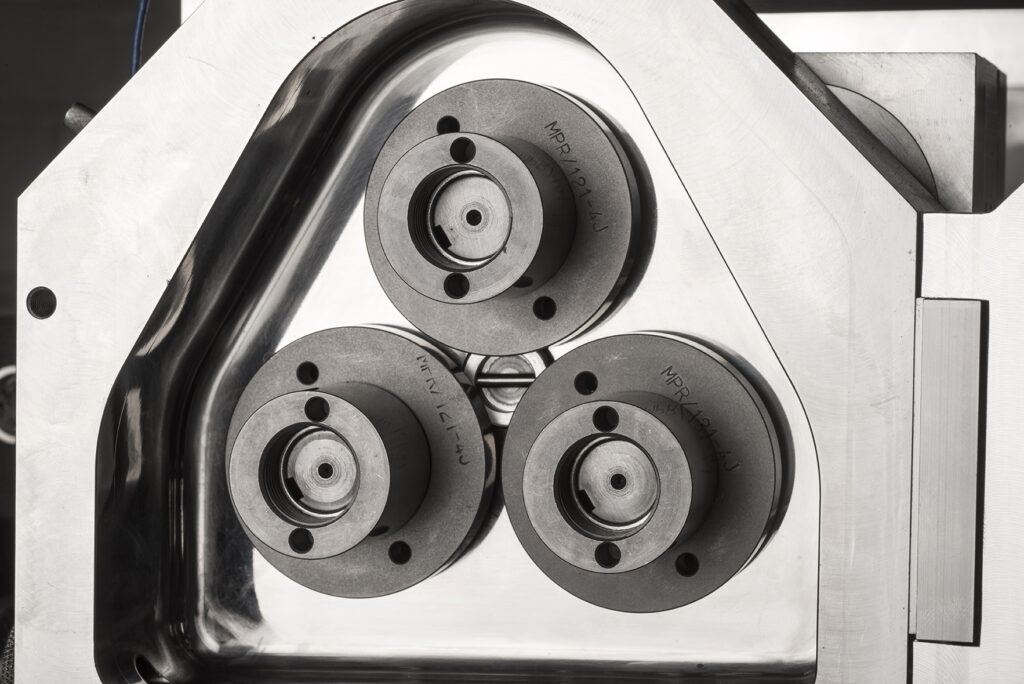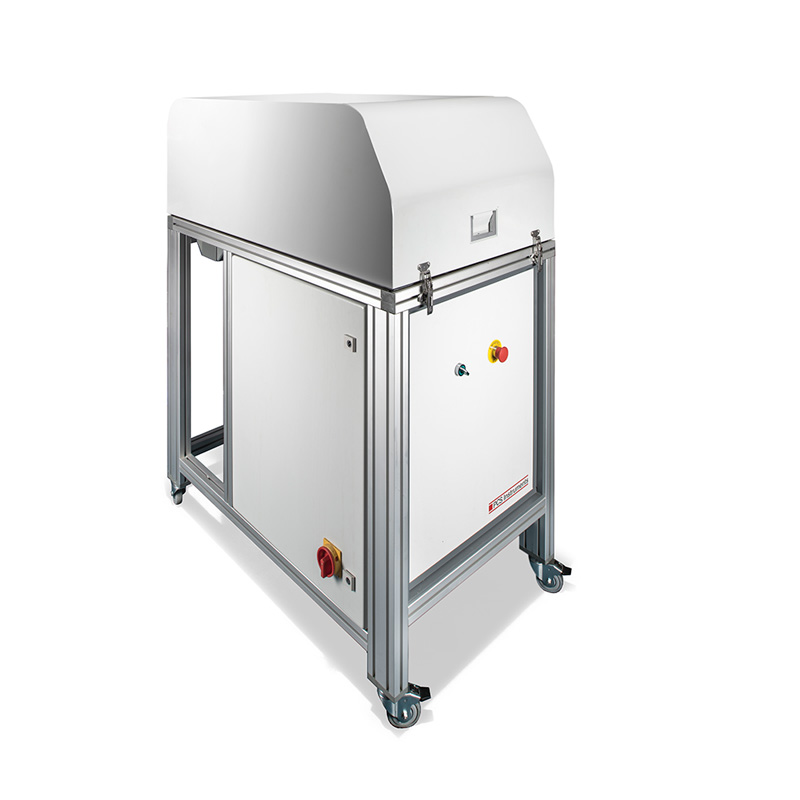Tribology and Wind Turbines

Green energy and in particular wind turbines are of growing importance in the modern world. Last year wind power generation surged by 14% (a remarkable 265 TWh), exceeding 2100 TWh and marking the second highest growth in renewables in 2022 – second only to solar photovoltaic.
After two years of decline, global onshore wind capacity is set to increase by 70% in 2023, surpassing the 2020 record. Additionally, offshore wind additions are anticipated to rise by almost 50% in 2023, according to the Renewable Energy Market Update of June 2023.

All of this is fantastic news not only for green energy and industry, but also for the planet. Experts have estimated that offshore wind power reduces carbon emissions by an average of 143 ktCO2e per turbine, equivalent to emissions from around 70,000 UK petrol cars in a year when compared to natural gas-generated electricity!
However, wind turbines and their implementation are not without their issues. Wind turbines can fail or malfunction at a few different external points, the most common of which is damage to the blades from lightning or bird-strikes for example. However, the most time consuming (and thus expensive) failures happen within the mechanical workings of the wind turbine gearbox.
Four main issues help contribute to wind turbine gearbox failure:
- High Loads: Wind turbines endure significant stresses from varying wind speeds, shifts in direction, and turbulence, all leading to strains on gearbox parts.
- Degradation: The ongoing movement and rotation of the gears contribute to their deterioration alongside components like bearings and seals.
- Insufficient lubrication: If there isn’t enough or the correct lubrication in the gearbox, it can trigger the overheating and wearing down of components.
- Insufficient maintenance: Neglecting routine maintenance can escalate minor concerns into major problems, ultimately culminating in gearbox failure.

Tribologists and PCS Instruments machines are key in helping wind turbines running smoothly. The PCS MPR has been used to simulate the high-load, high cyclical-rates found in wind turbine gearboxes, and has found unique use in replicating the formation of white etching cracks – or WECs – within gearbox bearings. Through the MPR and the research conducted with it, the scientific and engineering communities now know more about wind turbine gearbox failures than ever before!
For a fantastic example of how the MPR has been used in a research capacity, follow this link to read “The origins of white etching cracks and their significance to rolling bearing failures” by Francesco Manieri, Kenred Stadler, Guillermo E. Morales-Espejel, and Amir Kadiric.
Or for more information on the MPR itself, click here.

